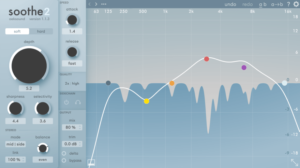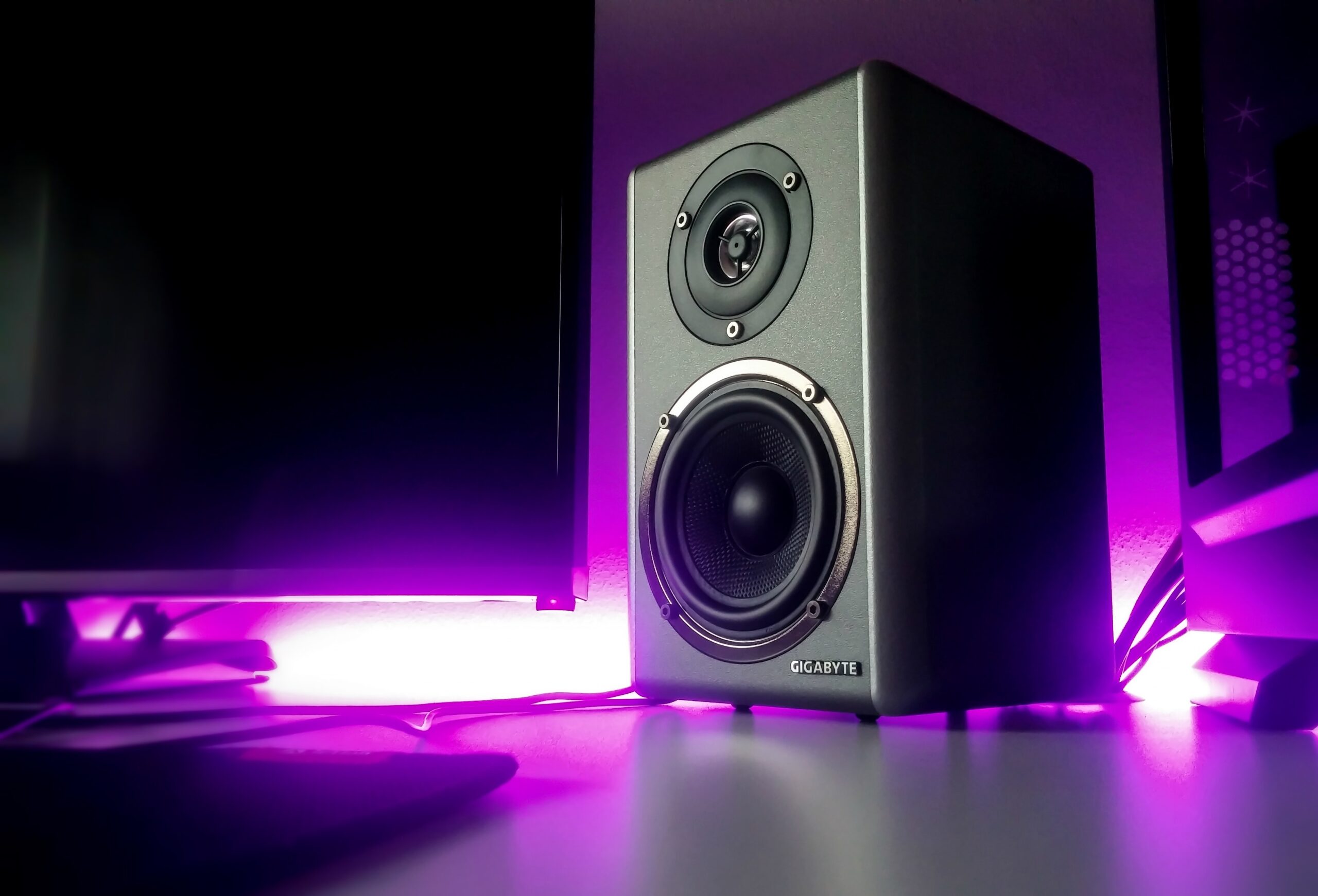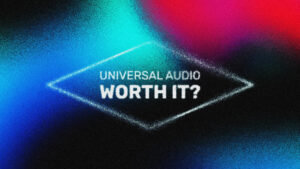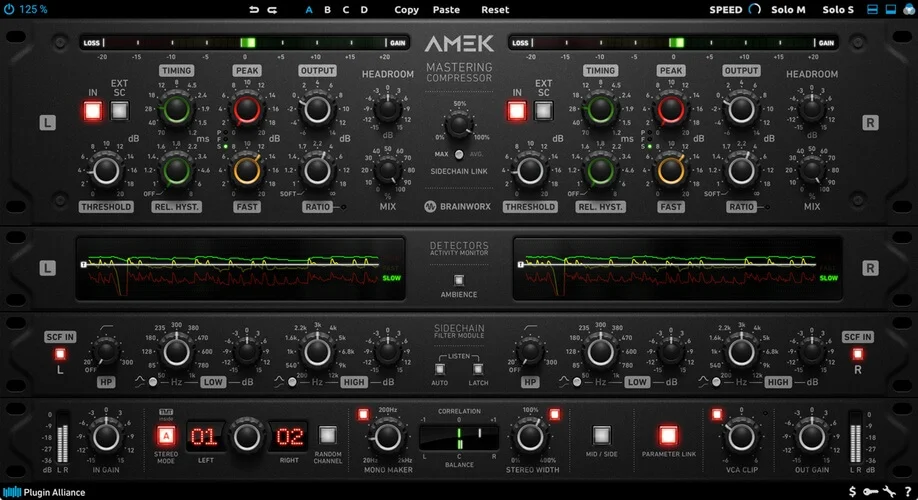
Oeksound Soothe2 Review
Finally… my review of Soothe2. Music production has come a long way

Sub frequencies provide the foundation of music within most genres, and particularly modern electronic, dance and pop genres. This is the part of your music that you feel on a large sound system and the most difficult to get right.
So… what ‘rules’ can we follow to make sure our low-end stays in-check? How can we create depth and low-end separation? How can we enhance sub bass that feels a little lacklustre and make it powerful?
Before we get to the answers, check out my Spotify artists page for some music that employs the tips in this blog.
A common phrase in the world of business that remains true when mixing sub bass. I often see clients that send me project files with a lot of processing and a lot of synthesis to generate a sub bass. Although using processing can add texture and adjust the general timbre/character of the sub – it can often easily be over-done.
A lesson that was important for making my music sound good is the understanding that a good sub-bass is based on having a good fundamental frequency. This means that when using a pure sine-wave, this will give you the most direct form of a strong-sounding sub.
However it’s often the case that a sine-wave sub doesn’t translate well to smaller speakers such as from your laptop or mobile phone. So, this is when harmonic distortion becomes useful. By adding overdrive/saturation, you can add overtones that enable the sub-bass to be heard on smaller speakers, as opposed to only felt through large sound systems.
With a basic sine-wave, and some saturation – this will take you a long way. In particular, if you paid this with some equalisation and compression, this will give you a tight and stable low-end which not only feels good, but sounds good on smaller speakers; without being overly obtrusive and masking other elements of your mix.
On the concept of keeping things simple, it often helps to also keep your subs separated from your bass. Mentally, I tend to look at three components when starting a mix for ‘bass heavy’ genres like electronic dance music or pop. These three components consist of the kick (that is typically sub-heavy), sub bass and bass.
In your sub frequencies, your kick will provide a percussive element that will give the listener something to dance to. The sub bass will act as the fundamental of the track to which all other elements will be based from. And the bass itself provides a layer of character to the sub bass.
Probably the least understood element of mixing sub bass is trying to get a good amount of depth and low-frequency separation. Check out ‘Dos’ by John Christian to hear a track that has good low-frequency separation.
Generally, low-frequency separation is achieved by notching out a little bit of 200 Hz. This can be further enhanced by using the Pultec EQ ‘push pull’ technique. Or otherwise simply boosting around 110 Hz and the fundamental frequency of your track. As with the tip above, saturation will also create some depth and nuance to your sub-bass that wouldn’t be achievable with any other effect.
If you monitor the mid and side signals carefully, you should be able to ensure that your sub signal is in phase. This will allow you to have a mix where the subs feel stiffer, yet balanced and not soft and washy. The idea here is to ensure there is no side information below 60 – 80 Hz.
In addition, it’s also useful to enhance your low-end. Particularly if the sub bass feels a little lacklustre. After trying ALL of the well-known sub bass enhancement plugins, I have found one to rule them all. bx_subsynth and bx_subfilter (free version) by Plugin Alliance and Brainwork (also available on UAD-2).
Using the above plugin, you can achieve low-end punch and add weight to any programme material! It’s truly a powerful tool and is something that is known to be used by one of Tiësto’s mix engineer John Christian. Check out the masterclass of his here where he talks about the bx_subsynth and its use in Tiësto’s track ‘Scream’.
Whether you need some insight on how to approach your sub bass in a mix, want to know how to add depth and low-frequency separation or understand the importance of phase and low-frequency enhancement when mixing subs. I hope these tips are useful to you in creating amazing music!

Finally… my review of Soothe2. Music production has come a long way

The SuperPlate is an all-new plugin from Soundtoys – taking inspiration from

Universal Audio plugins are a must-have for any audio producer or engineer

The AMEK Mastering Compressor finally gives us a compressor to compliment the

Osiris features a simple ominous synth that leads into a deep drop